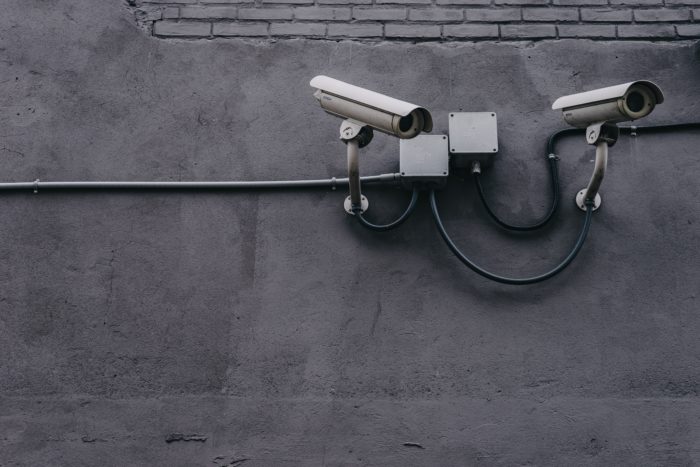How convenient is too convenient? How much privacy are we willing to forgo in favor of improved security and automation? These questions—and many more—are at the heart of the debate surrounding facial recognition.
Facial recognition isn’t new but uses for the technology have been increasing. For example, CBS News reported that some public schools are testing facial recognition, while Oakland and Somerville, Massachusetts are discussing local bans on the tech.
San Francisco has gone one step further and already banned facial recognition for police and city agencies, according to NPR. The U.S. Congress has held hearings about facial recognition as prominent members shared their concerns regarding the technology.
The retail industry is not exempt from facial recognition trend, either. More brands and retailers are looking into these tools for a variety of reasons. Will facial recognition catch on in retail? Perhaps more importantly, will consumers welcome the technology?
How Facial Recognition Can Be Used in Retail
Facial recognition has several use cases, including a few specific to the retail industry. As the technology advances, more ways to integrate the tech into retail will likely appear.
Security and Loss Prevention
Currently, the biggest use for facial recognition is security. Many police departments and government agencies use facial recognition to support their security efforts, including at sporting events, political rallies, and public facilities. Facial recognition can track and report on people’s behavior, giving security professionals advanced warning of possible crimes.
In retail, facial recognition can be leveraged by loss prevention teams to monitor shoppers for possible criminal behavior. It could identify a potential shoplifter or limit instances of hostile behavior and interactions between security and shoppers.
Customized Shopper Experiences
Another possible use for facial recognition is to support store associates. The technology can recognize and identify shoppers when they enter stores, matching their face to a shopper profile. That profile can include all sorts of information on the person, especially their buying behavior patterns and enrollment in any rewards programs.
Then, store associates can greet the person individually and give them a customized experience or recommend specific products and promotions that match the shopper’s history.

Better Consumer Data
The third use for facial recognition is in support of data collection and analysis. Facial recognition can be deployed via security cameras, but it can also be installed in self-checkout registers, ATMs, kiosks, and other individual-use technologies.
There, facial recognition can track consumer behavior, including their eye movement, and report on that data. It can show how consumers interact with a specific technology and provide all the data that comes with knowing which specific person is performing the task. Companies can use that data to identify top-performing features, such as advertisements, streamline checkout experiences, and continue to provide tailored experiences to individual shoppers.
Of course, as alluded to, facial recognition brings a whole host of privacy and security concerns. There are few regulations dictating how and when it can be used, so the limit right now is the technology itself and the cost to implement it. Companies can use that data however they want. There is public perception that facial recognition is not in the best interests of consumers, however.
At Wiser, we wanted to know more. We asked our network of smartphone-enabled shoppers how they felt about facial recognition. Here is what they said.
75% of shoppers said they were not OK with brick-and-mortar retailers using facial recognition.
Consumer Sentiment on Facial Recognition
In general, our mystery shoppers were OK with brands and retailers using their data to personalize their shopping experiences, but not specifically facial recognition. Instead, they preferred the techniques companies currently use to personalize experiences: through loyalty programs, shopper profiles, buying behavior, and more.
We did ask about facial recognition specifically. Overall, 75 percent of respondents said they were not OK with brick-and-mortar retailers using facial recognition to create customized shopping experiences.
However, 88 percent of our mystery shoppers said they would like push notifications of coupons, promotions, or other deals upon entering a store. As long as that process was not kickstarted by facial recognition. Only 12 percent said it was an invasion of privacy.
The difference here is one of active vs. passive consumer engagement. Rewards programs, shopper profiles, and the like are opt-in. Consumers must agree to terms and conditions and choose to participate. Facial recognition is passive: there is no opt-in or opt-out. It runs behind the scenes and this takes control away from the shopper.
Moving forward, this distinction is one brands and retailers should consider before introducing facial recognition into their operations.














